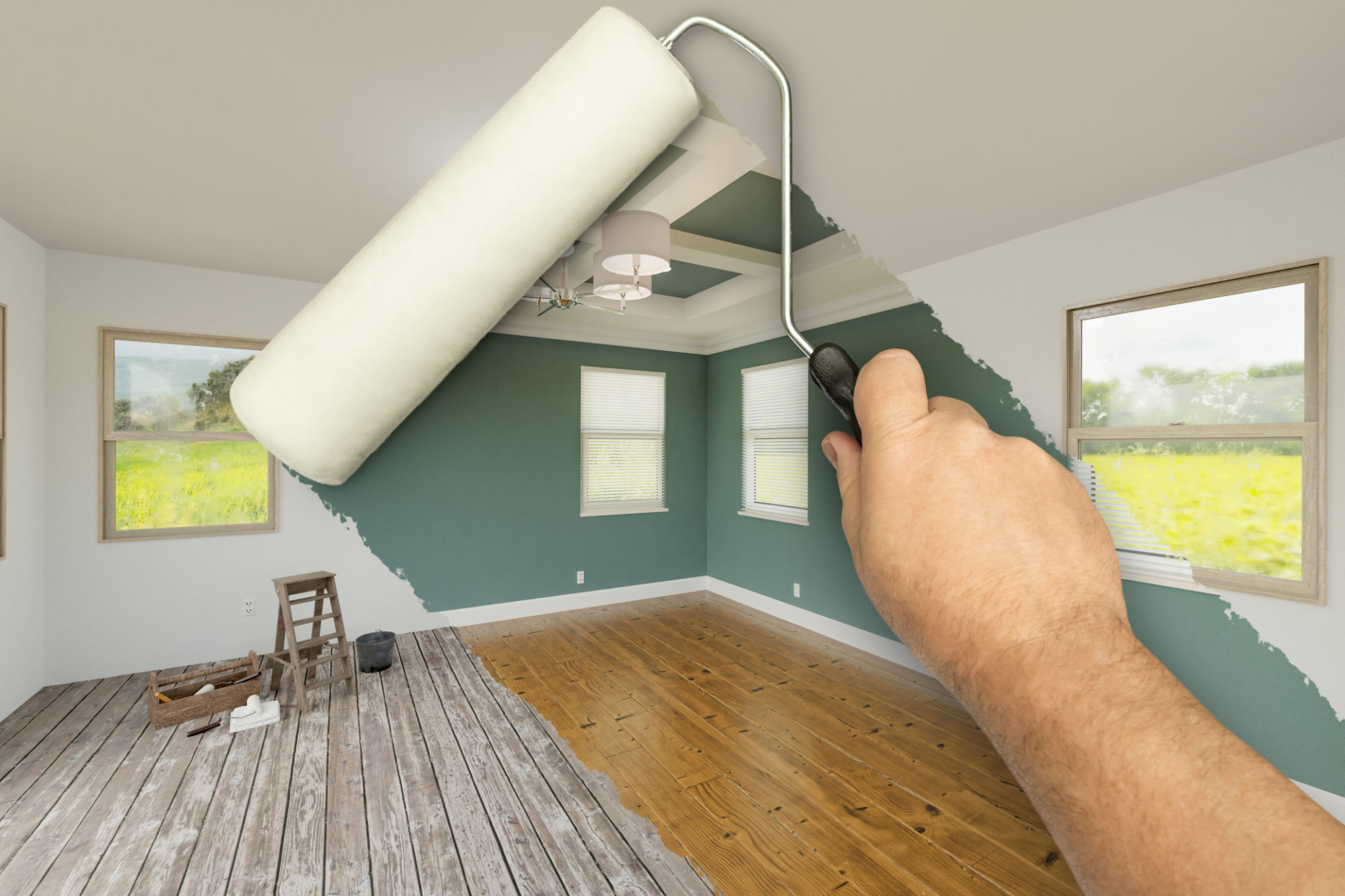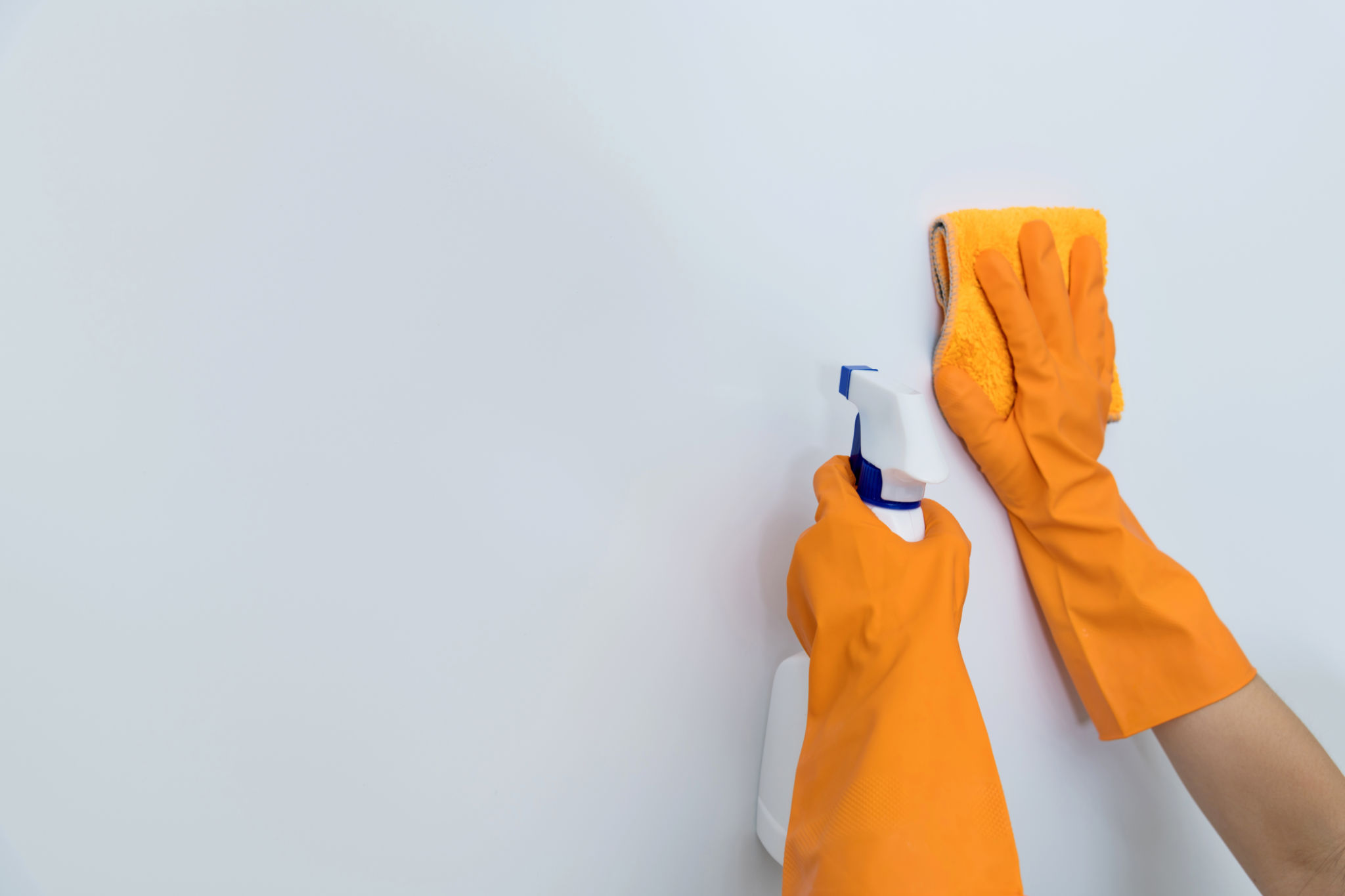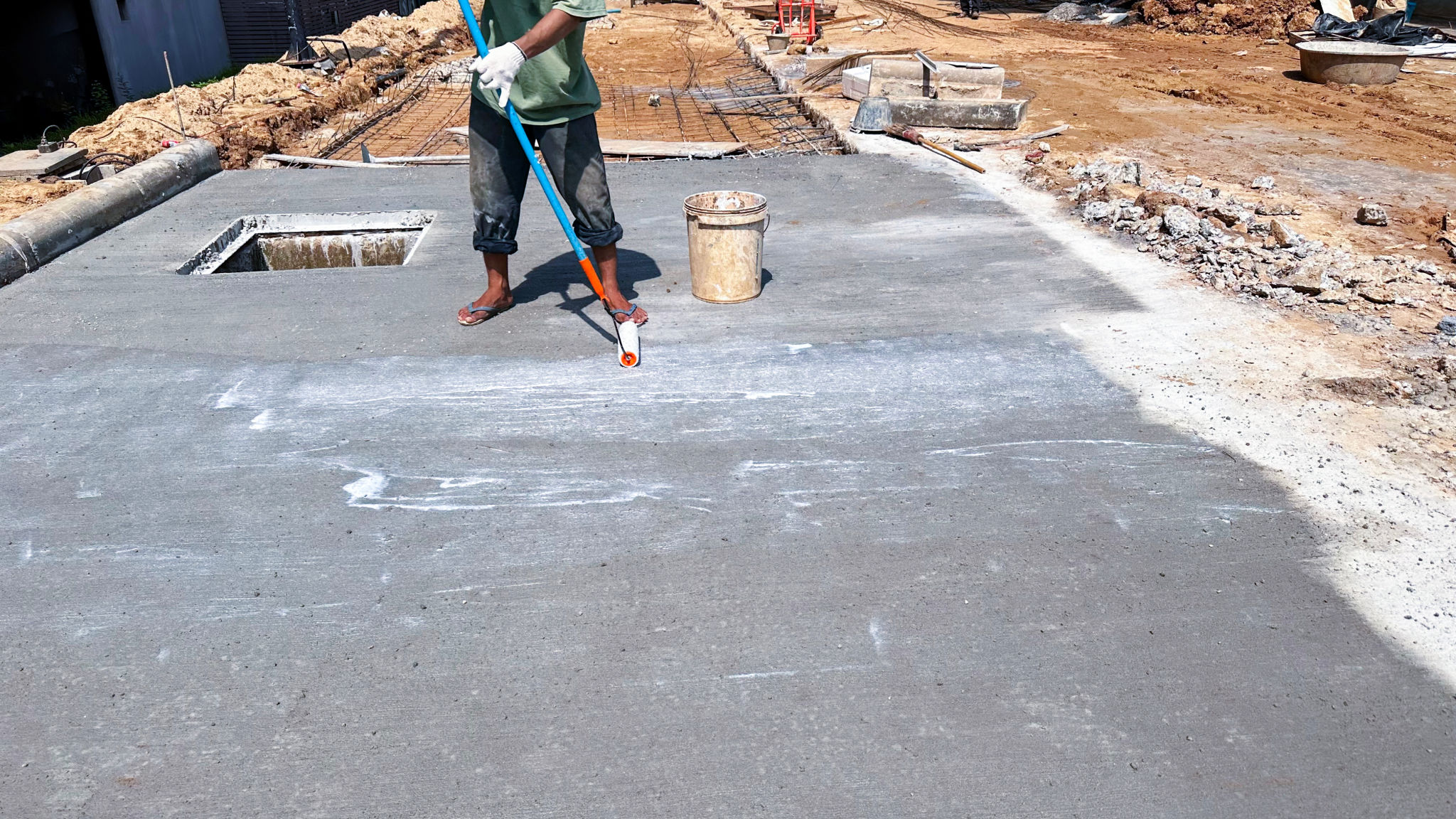Preparing Your Home for a Professional Paint Job: A Checklist
Understanding the Importance of Preparation
Preparing your home for a professional paint job is crucial to achieving a flawless finish. Proper preparation not only ensures that the paint adheres well but also prolongs the life of the paint job. By following a comprehensive checklist, you can facilitate a smoother painting process and ensure that your home looks its best.
Preparation involves more than just covering furniture and floors. It requires attention to detail and a thorough understanding of the surfaces to be painted. The more effort you put into preparation, the better the results will be.

Clearing and Cleaning the Area
Remove Furniture and Decor
The first step in preparing your home is to clear the area where the painting will take place. Move furniture, wall hangings, and decorative items out of the way. If moving items to another room is not possible, gather them into the center of the room and cover them with protective plastic sheets.
Clean the Surfaces
Once the space is clear, clean the surfaces to be painted. Dust, dirt, and grease can prevent paint from adhering properly. Use a mild detergent solution to wash walls, especially in kitchens and bathrooms where grime tends to accumulate. Rinse with clean water and allow surfaces to dry completely before painting.

Repair and Prime Surfaces
Inspect for Damage
After cleaning, inspect your walls for any damage such as cracks, holes, or peeling paint. Repair these areas using appropriate fillers or spackling paste. Sand down rough spots to create a smooth surface for painting. This step is essential for achieving a professional-looking finish.
Apply Primer
Priming is an important step that should not be overlooked. A good primer will ensure better adhesion of paint to the surface, increase paint durability, and provide additional protection for the material being painted. Choose a primer that suits your specific surface type and follow the manufacturer's instructions for application.

Protecting Your Home
Cover Floors and Fixtures
Protecting your floors and fixtures is crucial during a paint job. Use drop cloths or heavy-duty plastic sheeting to cover floors. Secure them with painter's tape to prevent slipping. Remove or cover light fixtures, outlet covers, and any other hardware that might get splattered with paint.
Masking and Taping
Use painter's tape to mask off areas that you do not want to be painted, such as windowsills, door frames, and baseboards. Taping requires precision and patience to ensure clean lines and avoid paint bleeding.
Final Checks Before Painting
Before the painters arrive, double-check your preparations. Ensure that all repair work is complete, surfaces are dry, and everything is adequately covered. Communicate any specific requirements or preferences you have with your professional painters to avoid misunderstandings.
By following this detailed checklist, you can significantly enhance the effectiveness and efficiency of your professional paint job, resulting in a beautifully refreshed home that you can enjoy for years to come.
